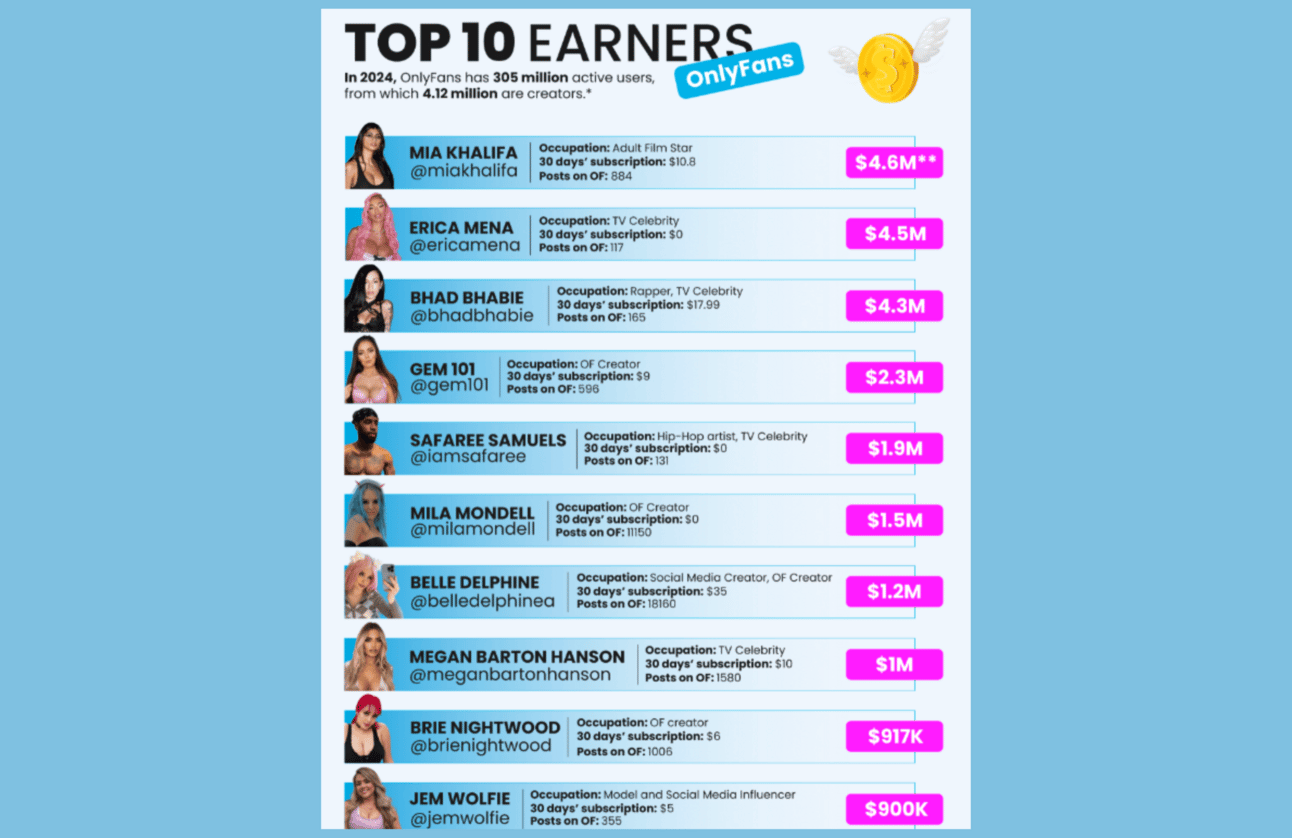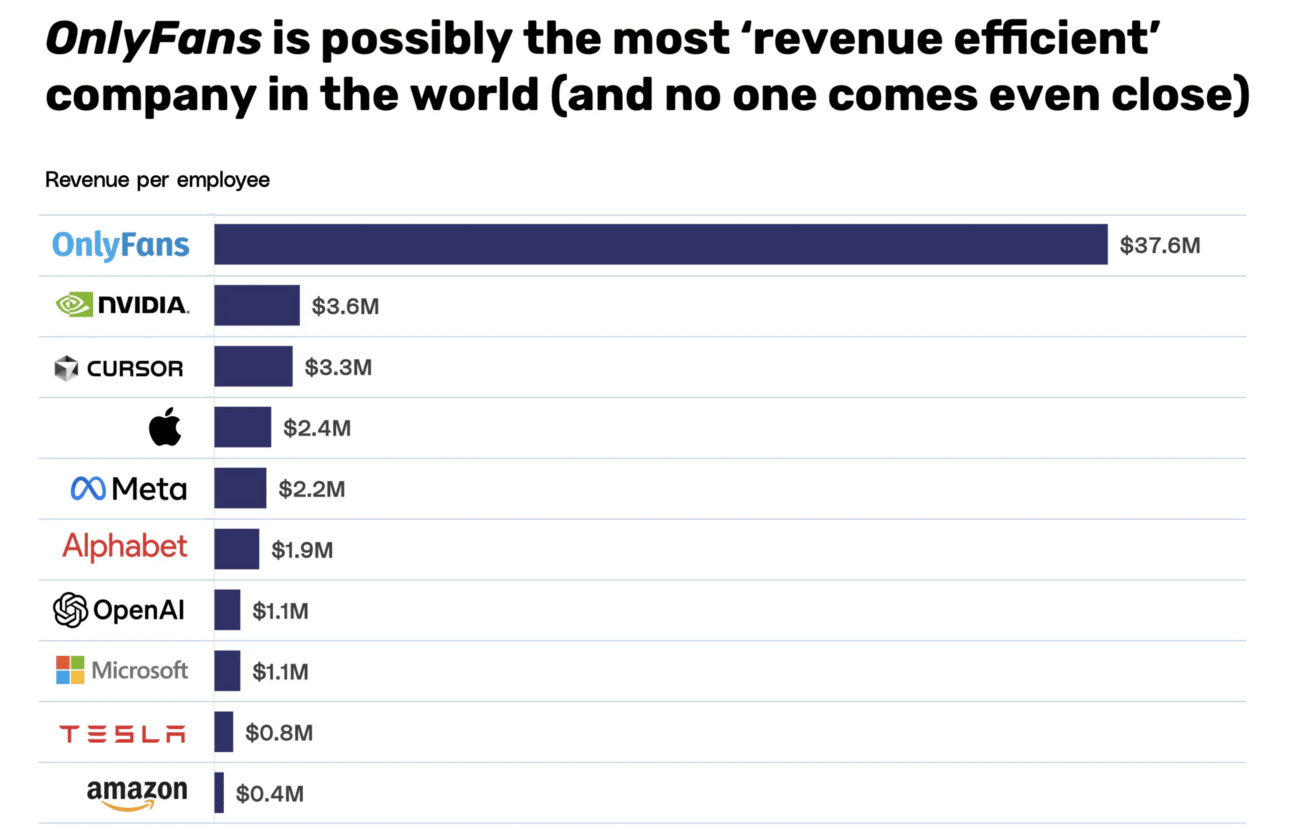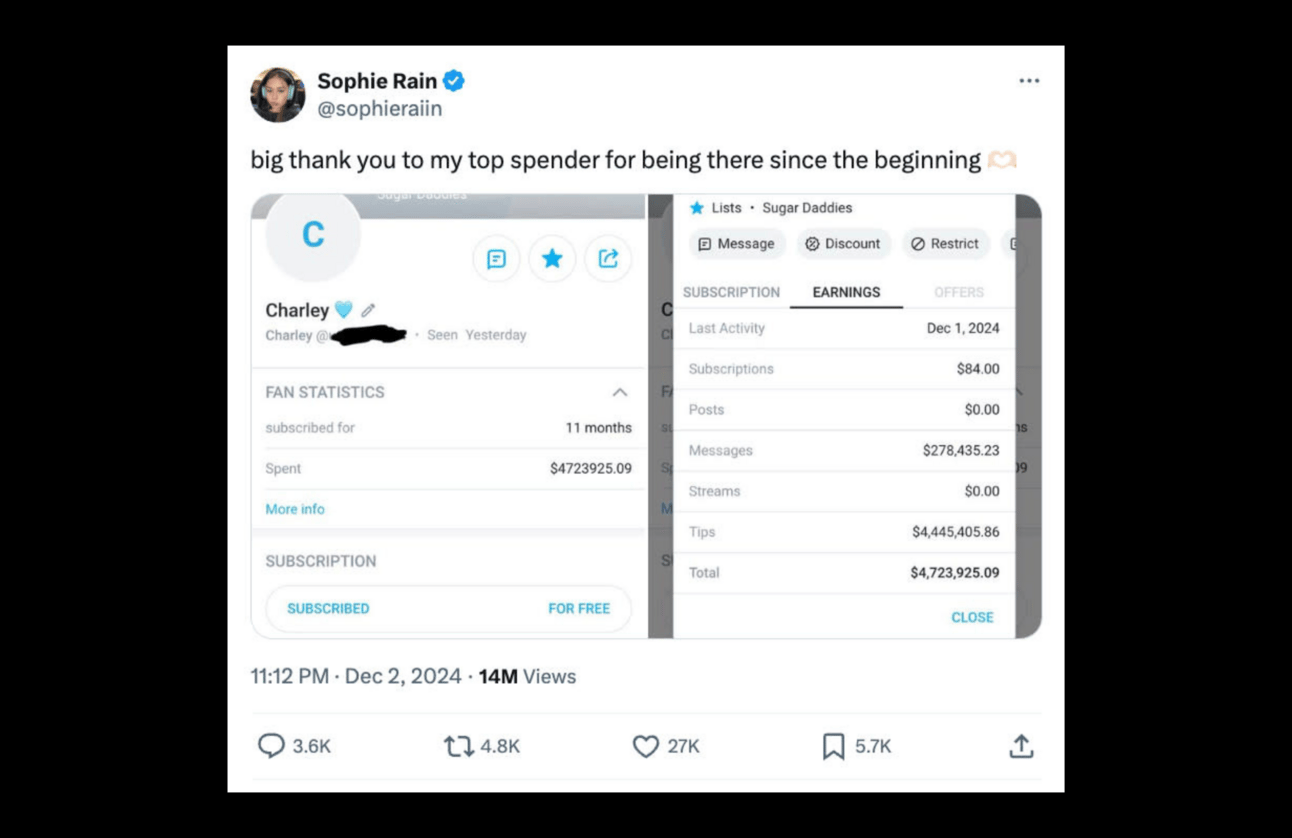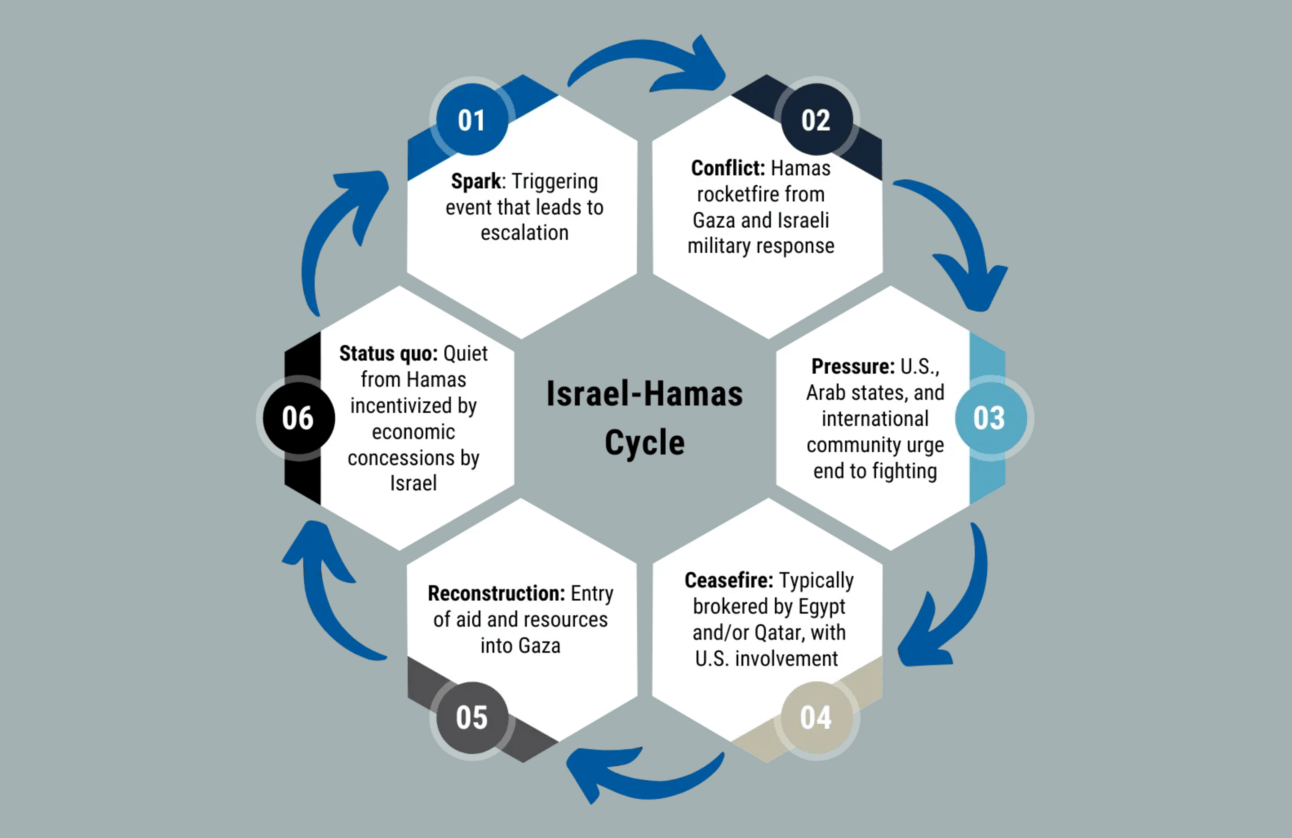- The Money Trails
- Posts
- How OnlyFans Built an $8 Billion Sex Empire
How OnlyFans Built an $8 Billion Sex Empire
The MANY Dark Sides of OnlyFans

 |  |  |
What’s in This Week’s Issue…
Good morning. OnlyFans built an empire by selling one thing: intimacy.
But behind the glow of self-made success, there lies something far more calculated, an $8 billion machine of parasocial engineering, regulatory loopholes, and systemic addiction.
This isn’t about adult content. It’s about how platforms sell illusion in the name of intimacy, scale loneliness, and profit from digital dependency.
So this week…
🏆 The Big Play: How OnlyFans gamified sex and turned influencers into unpaid advertisers
💪 The Power Move: What OnlyFans teaches us about building systems of attention and asymmetric leverage
💵 Follow the Money: Who is lying about the Israel-Hamas war?
-GEN
🏆 The Big Play
The biggest money power story of the week.
OnlyFans and the Business of Fake Intimacy

OnlyFans Top Earners - 2024
OnlyFans didn’t just build a new business model.
It created a new kind of relationship, one where attention, loneliness, and monetization blur into a single emotional transaction.
And to understand how OnlyFans became one of the most profitable platforms in the world, you have to look beyond sex.
This isn’t a story about porn. It’s a story about power:
The rise of OnlyFans was never about content. It was about a business model that turned creators into companions and fans into fantasy investors:
Unlike traditional adult platforms, OnlyFans blurred the line between creator and consumer. Fans weren’t just viewers, they were active participants.
They could message, tip, request, and even believe they were helping someone “make it”.
This created what psychologists call parasocial relationships: one-sided bonds that feel real, but aren’t.
For example, a stalker of top OnlyFans creator Amouranth sold everything and flew halfway around the world to find her, only to be met with police on reaching her doorstep.
And OnlyFans industrialized these parasocial bonds:
It rewarded creators who replied to every message, dropped “good morning” texts, or sold birthday wishes.
It trained them to personalize. Not to scale, but to simulate intimacy.
The reward? Higher tips, better retention, and recurring revenue.
OnlyFans didn’t need to pay for advertising. It didn’t need a media empire. It turned its own creators into the product and the marketing department, who were emotionally invested in holding attention.
And it worked: In 2023 alone, OnlyFans paid out $5.32 billion to creators, with top names like Bhad Bhabie, Sophie Rain, and Iggy Azalea each earning over $30 million annually.
OnlyFans itself brought in a record $6.6 billion in revenue that year.

But this emotional leverage came at a cost.
2. The Addiction Flywheel
Porn addiction isn’t new. But OnlyFans changed the game. It wasn’t just dopamine anymore. It enabled dialogue between the creator and the user.
Now, users weren’t coming back for new photos. They were coming back for recognition.
And the platform made sure of it:
Tip incentives created the illusion of reward-based affection.
“Locked content” strategies dangled curated nudity behind psychological paywalls.
The feedback loop was also tight: Emotional attention → Monetary tip → Creator response → More attention → Repeat.
This wasn’t just content consumption. This was behavioral engineering.
And for a large portion of users, it turned into financial distress:
On average, an OnlyFans user spends $20 per month
But the highest single tip ever recorded reached $100,000
Some men reported spending thousands of dollars a month for custom content and direct attention, sometimes even maxing out their credit cards

But here’s the part most people missed: This wasn’t just a user-side crisis. It was creator-side too.
3. Monetizing the Self (and the Collapse That Follows)
OnlyFans promised creators financial freedom. What it delivered was emotional labor, surveillance, and burnout at scale:
Top creators spent 12+ hours a day chatting with subscribers, faking relationships, and managing content calendars like war rooms.
Many hired agencies to handle replies, edit images, and build multi-platform funnels.
Some didn’t even own their content, their likeness was contracted out to OnlyFans agencies like L’Agence and Louna’s Models.
And as competition grew, so did the pressure:
→ Nudity wasn’t enough, so now it was about fantasy, loyalty, and interactivity.
→ Static photos were replaced by tiered content, live chats, and “boyfriend experience” bundles.
→ Algorithms began favoring creators who posted relentlessly or bought ads elsewhere.
For every success story, there are thousands of creators who got burned out, got doxxed, were stalked, lost jobs, and got banned without any recourse.
While OnlyFans sells freedom, it turned the emotional labor of its creators into a lifestyle.
All while taking 20% of every transaction.
💪 The Power Moves
Playbook for understanding the game of power.
How to Build Systems of Emotional Leverage

It doesn’t get crazier than this!
OnlyFans didn’t build an adult content platform.
It built a psychological engine that captured time, identity, and fantasy inside a monetizable loop.
The real lesson from this? In an economy where attention is currency, the greatest power comes from owning systems that:
→ Engineer emotional behavior
→ Monetize identity at scale
→ And keep both supply and demand addicted to the same illusion
So, if you're building something, don’t just focus on content or product.
Build the loop that holds attention. Design the world your users live in. And make sure the game plays back into itself.
The Takeaway
In a world driven by engineered intimacy and monetized identity, power doesn’t come from being the most followed, it comes from being the one who designs the system that makes followers feel seen.
💵 Following the Money
Three of the wildest financial and corruption stories from around the world.

The perpetual war
✨ Poll time!
Do you think OnlyFans is more about emotional manipulation than adult entertainment? |


